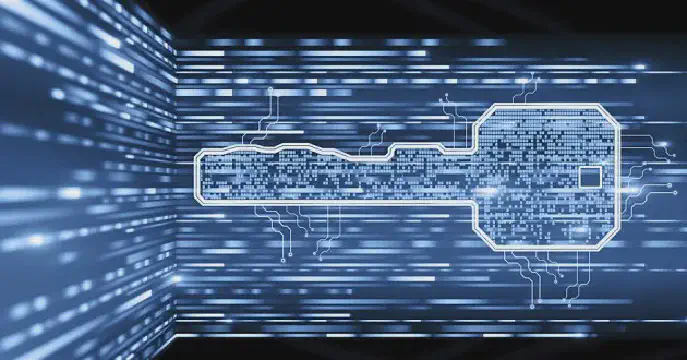Excerpt§
Checksum is used to detect accidental errors in data transmission and storage. It acts as a digital fingerprint to verify integrity and prevent corruption.
When data is transmitted between devices or stored in memory, errors can creep in causing data corruption. Checksum is a simple technique used to detect such accidental errors and safeguard data integrity. This blog discusses how checksum works, different checksum algorithms, and applications of checksum in error detection.
Introduction to Checksum§
A checksum is a calculated value that represents the content of a block of data. It acts like a digital fingerprint of the data.
Checksum enables detecting errors during data transmission or storage by comparing the calculated checksum value on the receiving side with the actual checksum of the original data. Any mismatch indicates the data got corrupted.
How Does Checksum Work?§
The basic process of checksum generation is:
Perform an arithmetic operation (like addition or multiplication) on the binary values of the data block.
The result is truncated to a fixed length, usually 16 or 32 bits.
This truncated value serves as the checksum.
For example, to checksum the word “Hello”:
Convert ‘Hello’ to its ASCII values: 72+101+108+108+111 = 600
Truncate the sum 600 to 16 bits: 0000001001011000
This binary string is the checksum value.
The checksum is calculated again at the receiving end and compared to the original for equality to detect errors.
Types of Checksum Algorithms§
There are different checksum algorithms that use various arithmetic operations:
Internet Checksum§
Used in TCP/IP networks. Simple and fast to compute. Addition is done on 16-bit words of data. Poor error detection as common errors like bit flipping go undetected.
Cyclic Redundancy Check (CRC)§
Powerful checksum method using polynomial division on data. Used in storage devices, file transfers, and network protocols. Detects common errors and bursts. More computationally intensive than simpler checksums.
Adler-32 Checksum§
Uses prime modulus arithmetic by summing data bytes and their positions. Probability of undetected error is low. Used in Zip, PNG image format etc. Faster than CRC but less error resistant.
Applications of Checksum§
Checksums are ubiquitous in systems that require data integrity assurance:
Network Protocols§
TCP, UDP, IP all use checksums to detect packet errors. Checksum failures lead to discarding of corrupted packets.
File Transfers§
Protocols like FTP use CRC checksum to validate successful file transfers. Torrent clients use checksums to verify integrity of downloaded files.
Data Storage§
File systems and RAID arrays use checksums to detect and recover from disk errors. Databases use checksums to prevent crashes due to corruption.
Limitations of Checksum§
Checksums have some limitations:
- They can only detect errors, not correct them.
- Simple checksums may fail to detect all errors.
- Checksum collisions are possible, though unlikely.
- Error detection depends on checksums being transmitted or stored correctly.
More advanced error detecting codes like Hamming Codes overcome some of these limitations.
Conclusion§
Checksum acts as the first line of defense against random data errors introduced during storage, transmission and processing. It enables integrity verification through redundancy. Using checksums along with error correcting codes provides robust protection against data corruption in critical systems.















